Monsoon Palace Udaipur
High above the city of Udaipur, resting on the crest of the Bansdara Hills, stands a glowing white marble monument known as Monsoon Palace. Officially called Sajjangarh Palace, this hilltop structure overlooks the sprawling lakes and palaces below, offering one of the most awe-inspiring views in Rajasthan. It is not just a scenic spot; it is a place where nature meets history and where clouds wrap around ancient walls during the monsoon, giving the palace a magical aura. With its peaceful atmosphere, open courtyards, and wide windows framing lakes and sunsets, Monsoon Palace has become a hidden favorite for photographers, travelers, and anyone seeking a deeper connection with Rajasthan’s royal heritage. Though often overshadowed by Udaipur’s more popular City Palace, Monsoon Palace offers a different charm—serene, elevated, and immersed in the sky.
The History
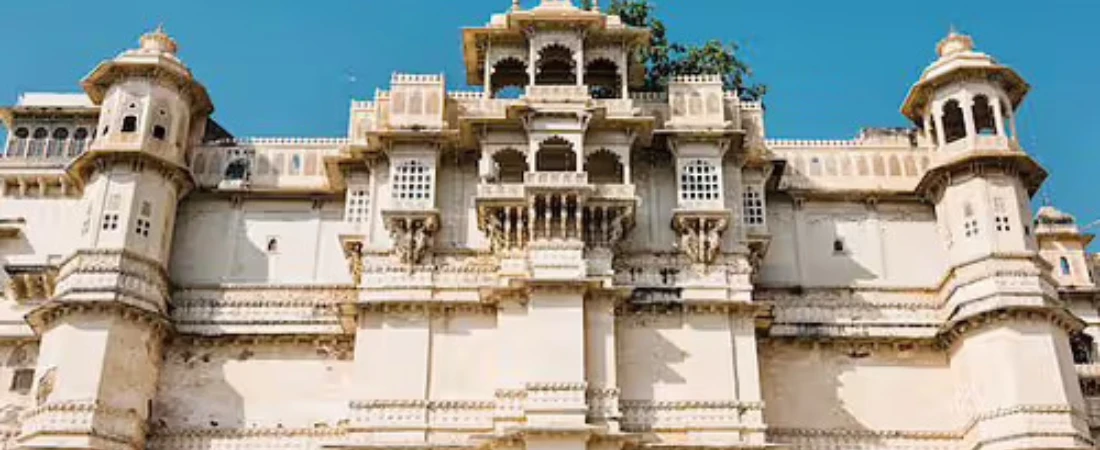
Monsoon Palace was commissioned in 1884 by Maharana Sajjan Singh of the Mewar dynasty, who intended it to serve as an astronomical observatory. His plan was to track the monsoon clouds approaching Udaipur and predict rainfall, which was vital for agriculture. Sadly, the Maharana passed away before the project could be completed. His successors converted the unfinished palace into a monsoon retreat and later used it as a hunting lodge during the royal era. The structure was strategically built on top of a hill to give a commanding view of the skies, lakes, and countryside below. Its very location reflects its purpose—designed to monitor the monsoon and also provide royal comfort during the humid months. The idea of combining science, nature, and luxury was unique for its time. Even in its incomplete state, the palace became a cherished escape for royalty and has continued to attract visitors for its peaceful, breezy charm and unmatched views of the Udaipur skyline.
Getting There
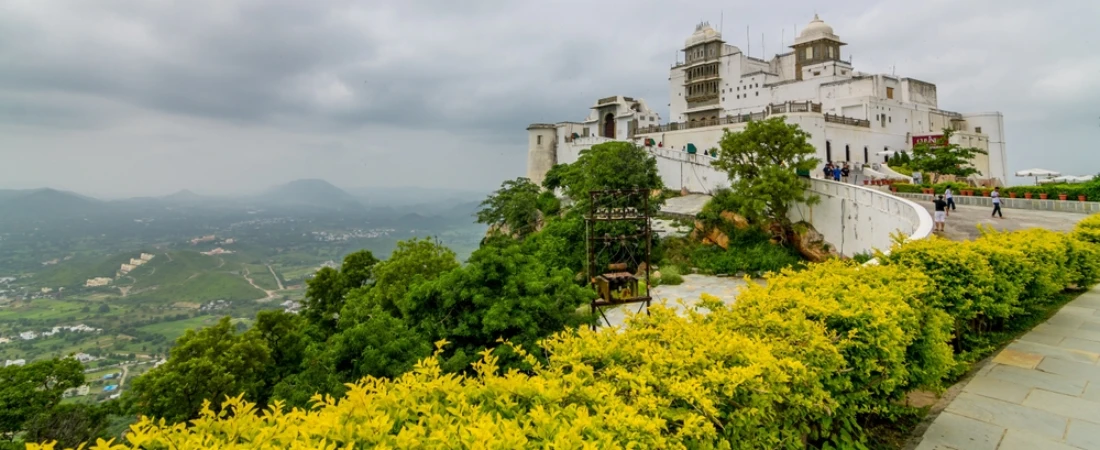
Monsoon Palace is just 5 kilometers from the center of Udaipur, yet the journey feels like an escape from the busy city. It is located within the Sajjangarh Wildlife Sanctuary, adding a touch of wilderness to the experience. The road to the palace winds uphill through dense greenery, offering glimpses of langurs, deer, and sometimes even wild boars along the way. You can hire a taxi or auto-rickshaw from the city to reach the entrance, where you’ll need to purchase a ticket. From there, a special vehicle or your own car will take you up the steep road to the palace itself. The climb is steep but short, and the final destination is well worth the effort. Once at the top, you are welcomed by wide skies, fresh breezes, and the calm, quiet presence of the palace itself. Its hilltop location not only provides cooler air but also positions you for unforgettable views of Udaipur’s lakes and the distant Aravalli range.
The Design
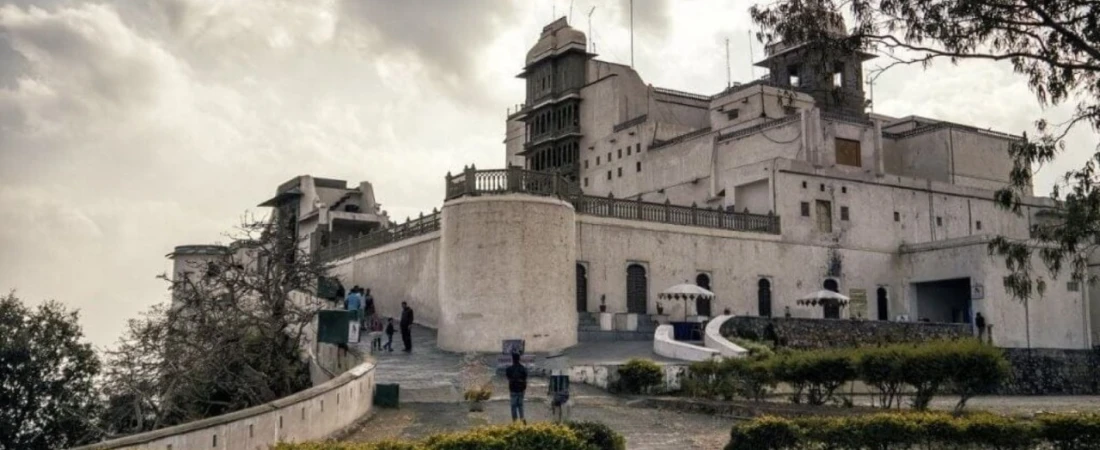
Though simple compared to Udaipur’s more ornate palaces, Monsoon Palace is impressive in its own quiet way. Built entirely from white marble, the building glows under the sun and changes color during different times of the day. The architecture follows traditional Rajputana style, with tall domes, arched windows, and delicate stone carvings. Wide courtyards and high balconies give the structure an open feel, while the inner chambers, now mostly empty, echo the palace’s past life. One of the most thoughtful features of the palace was its rainwater harvesting system. Built into the marble flooring were channels and underground cisterns to collect rain during the monsoon season, ensuring a steady water supply. This practical, sustainable design shows the intelligence behind its construction. Even though the palace was never completed as originally planned, its minimalism and open spaces now provide visitors with a peaceful place to explore history without distraction.
The View
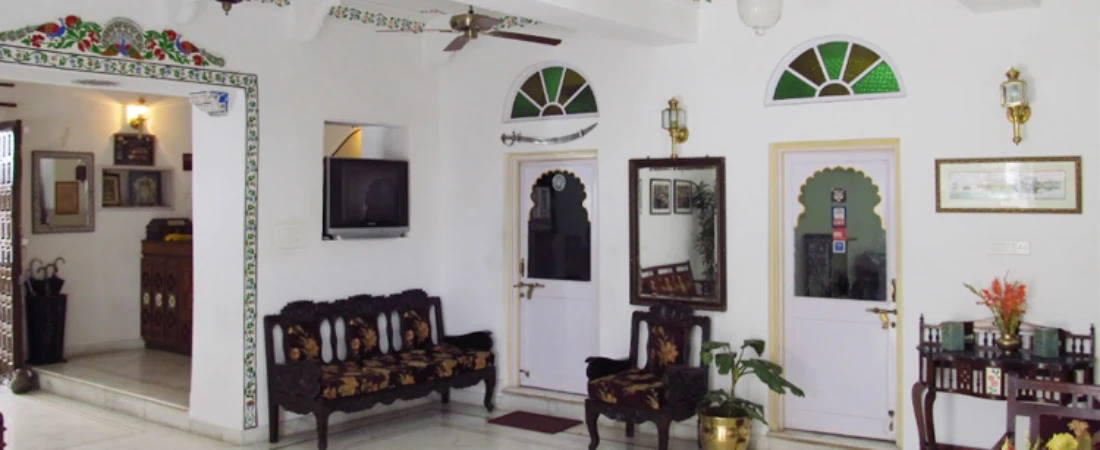
The view from Monsoon Palace is unlike any other in Udaipur. Because of its elevated position, the palace gives you a wide panoramic view of the entire city and its lakes—Fateh Sagar, Lake Pichola, and even the faraway Aravalli Hills. This makes it one of the best places in Rajasthan to watch a sunset. As the sun begins to set, the sky turns shades of gold, orange, and pink, and the white marble of the palace glows softly. The reflection of sunlight on the lakes below adds a dreamlike effect that cannot be captured fully in photographs. During the monsoon, mist and low clouds often surround the palace, creating an otherworldly scene as you watch the rain roll in over the hills. The weather, the height, and the soft light combine to make this palace an ideal spot for romantic moments, meditation, or simply sitting in silence and watching the city fall into night.
Final Thoughts
Monsoon Palace Udaipur is a unique mix of history, beauty, and peace. It does not boast grand furniture or museum galleries like some other palaces in Rajasthan, but it offers something far more lasting—space to breathe, to see, and to feel. It’s a place where you can walk without crowds, watch the sky without distractions, and understand why kings chose this location to relax and reflect. Whether you are visiting Udaipur for the first time or returning again, a trip to Monsoon Palace will always leave a mark. The air feels lighter at the top, the silence feels fuller, and the view opens your heart in ways you didn’t expect. For anyone planning to experience the soul of Rajasthan—not just its sights but its spirit—Monsoon Palace is a must-visit destination that quietly steals your breath and stays in your memory forever.


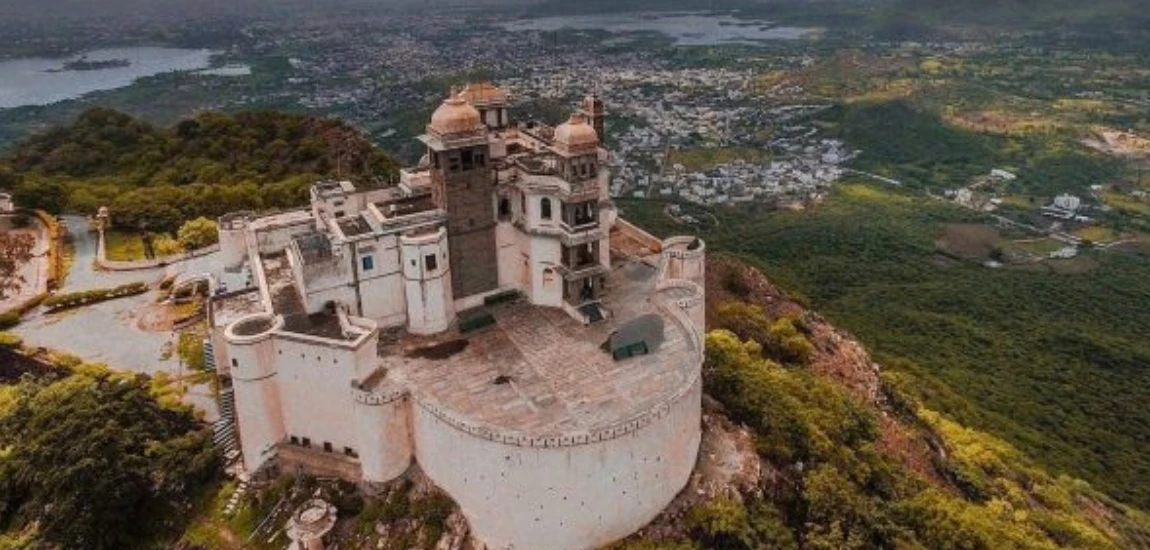
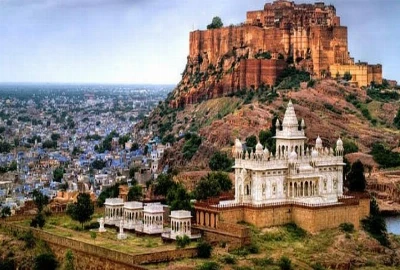
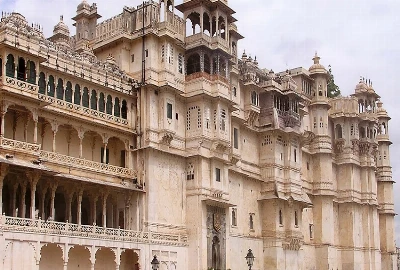


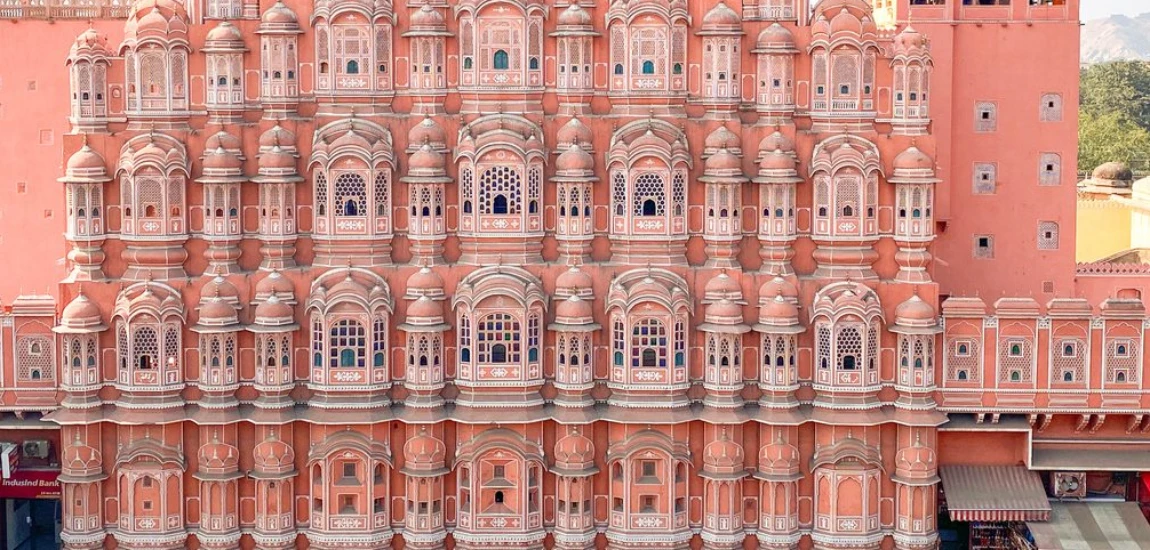
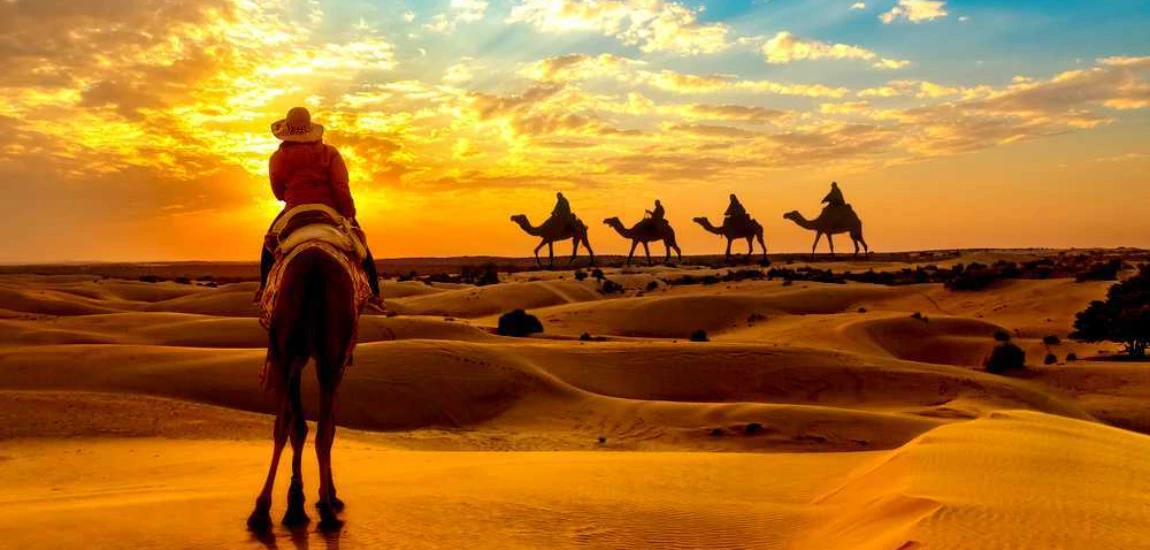
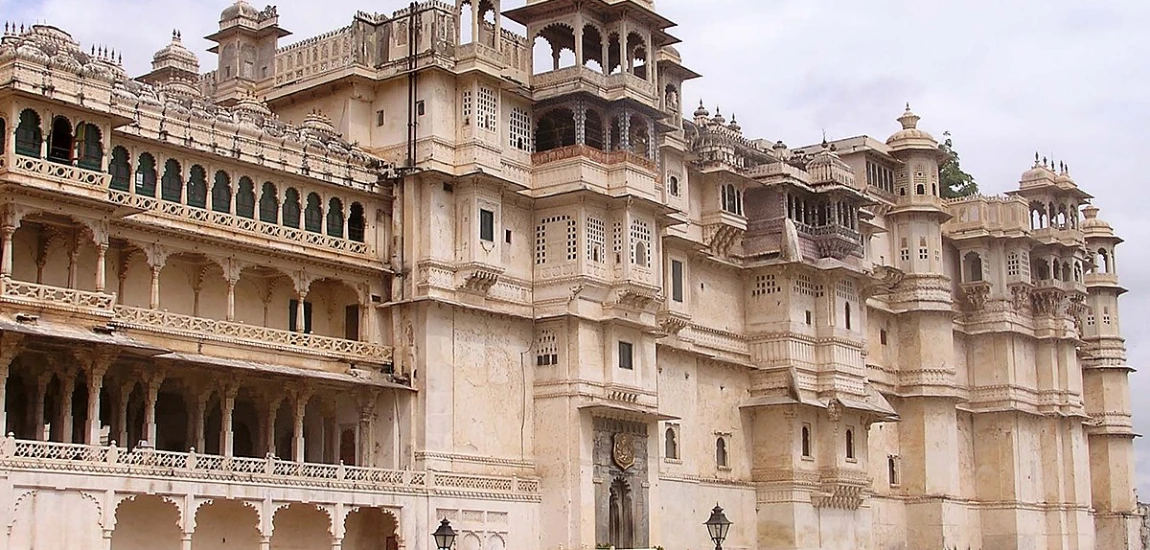
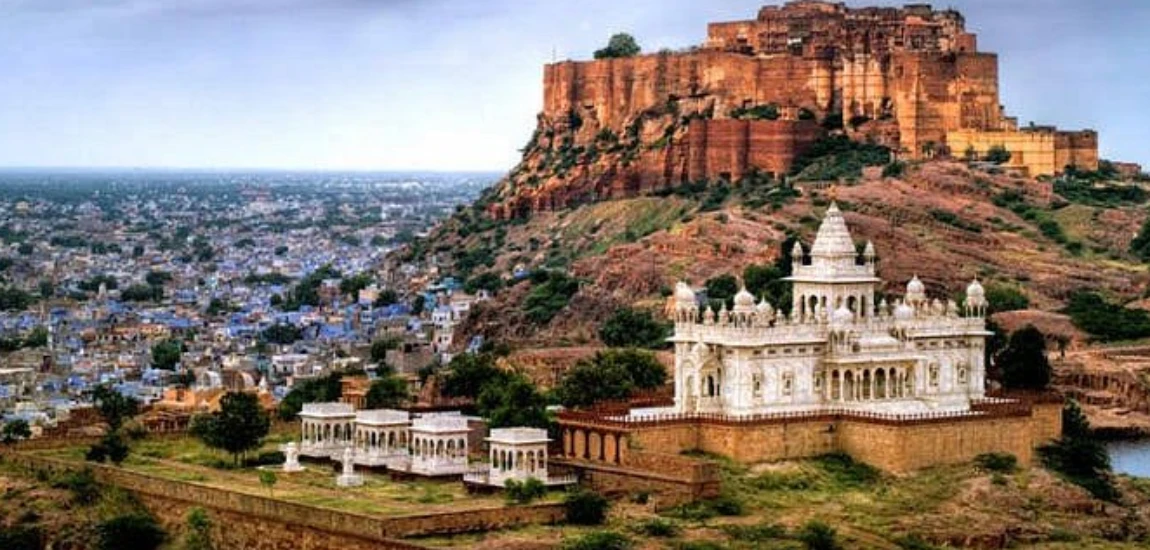
Leave a comment